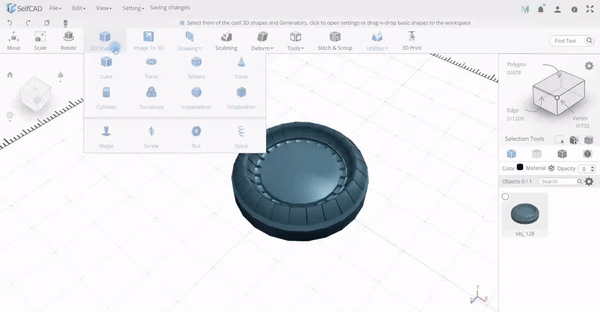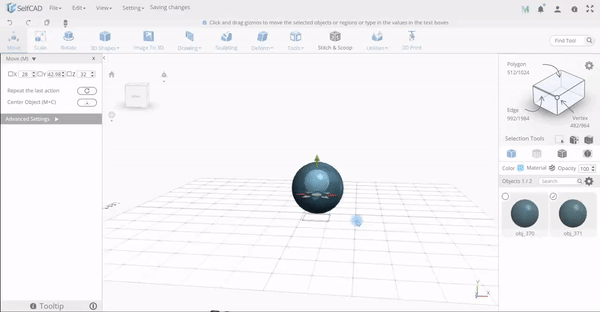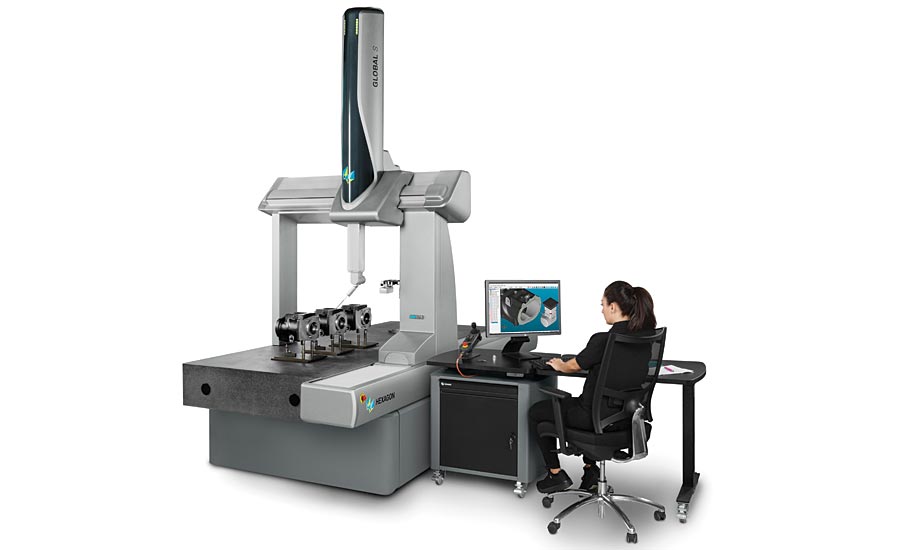With perhaps only ten to twenty million people being proficient in CAD we can maintain that everyone could or should 3D print but the reality is that this isn’t in our hands. 3D modeling and CAD software let people design for 3D printing and if they are still too complex or take thousands of hours to master then the pool of available people that can really fully use 3D printing will always be limited. There are a number of easy 3D modeling tools out there that make the learning curve less steep and are entry-level alternatives that get you closer to making your ideas, faster one of these is SelfCAD. We know SelfCAD’s CEO Aaron Breuer well because he teaches the 3D modeling component of our 3D printing classes. We thought it high time that we interviewed him to find out more about SelfCAD.

What is SelfCAD? For who is it intended?
SelfCAD is an easy to use fully-featured online 3D modeling and slicing software. It enables users to model, sculpt and slice all under a single platform. SelfCAD is intended for Do It Yourself people and hobbyists. That is, those who design 3D models as a hobby and those own a 3D printer and design models for 3D printing.
Why should I get it?
The future of manufacturing is 3D printing and in the near future people will be able to design their own 3D models and 3D print them, and hence this is the right time for one to get into it.

What are some of its features?
SelfCAD is a fully functional CAD application because everything that one can do with professional CAD software can be done in SelfCAD too.
SelfCAD has several unique features that allow both novice and professional users to create simple and complex designs. For example, the Image generator that converts any type of Image into a 3D model. There is also the magic fix tool that automatically fixes your model to make it printable. SelfCAD also has an in-built slicer for slicing the model to prepare it for any FDM printer. Now we are working directly with other 3D printing companies in order to add more new interesting versions of 3D printing.
In addition to its unique tools, there are also standard CAD features like the technical drawing and sketching tools which are easier to use to enable users to explore their imagination and design abilities. There are also artistic features like the Sculpting tools that are easier to use.
How many people are working on SelfCAD?
20+.
Where do you hope to be in five years?
In a few years to come, we hope that most people with 3D printers will be using SelfCAD because they can design any type of 3D model and slice it too.
How do you make money?
SelfCAD is software as a service. We have a monthly and yearly subscription but we are far less expensive than our competitors.
How is SelfCAD optimized for 3D printing?
SelfCAD is an online program, hence users can share and collaborate on the cloud with others with ease. Secondly, everything created in SelfCAD is printable, whether it’s a model imported into SelfCAD or designed from scratch, the magic fix tool prepares the model for 3D printing.
There is also an in-built Slicer that generates the G-Code of the model after designing it without leaving the software. So from start to finish, one doesn’t need any additional software as one can design, customize and slice in a single program.
What does the education version include?
We give a 65% discount to the educators and it includes the same features as the paid version.

Why is it so easy to use?
SelfCAD has a simplified user-friendly interface that is simple to work with and one can master easily. It has also been designed in a way that the number of tools is less when compared to other programs, and these tools are reusable. That is, one can use the same tool to do different things. This is because SelfCAD was created by creative minds and brilliant UX designers who put a lot of emphasis on the usability of the program and hence they consolidated many similar tools.
There are also video tutorials and instructable guides that help the beginners to master SelfCAD in just a few days.
It has also been created in a way that makes it’s easy to work with basic shapes, unique designs, innovative concepts, and both simple and complex designs.
What’s it like competing with Autodesk and other huge companies?
Our main goal is not to compete with anyone, rather, we focus on providing a program for all people, both beginners, and professionals that will solve their design and slicing challenges. The users who have been struggling to create 3D models in other professional software can now get started easily in SelfCAD without taking months of designing. So generally our joy is to see people creating useful things and 3D printing them. Additionally, we are also working with schools directly to make 3D designing easy for them.

Who would you like to partner with?
We would like to partner with everyone, more so those who won’t our development resources. So far we have partnered with some 3D printing companies and schools and we look forward to more partnerships in the future.
Discuss this article and more on the 3DPrintBoard or comment below to tell us what you think.
The post Interview with Aaron Breuer, the CEO of SelfCAD appeared first on 3DPrint.com | The Voice of 3D Printing / Additive Manufacturing.






